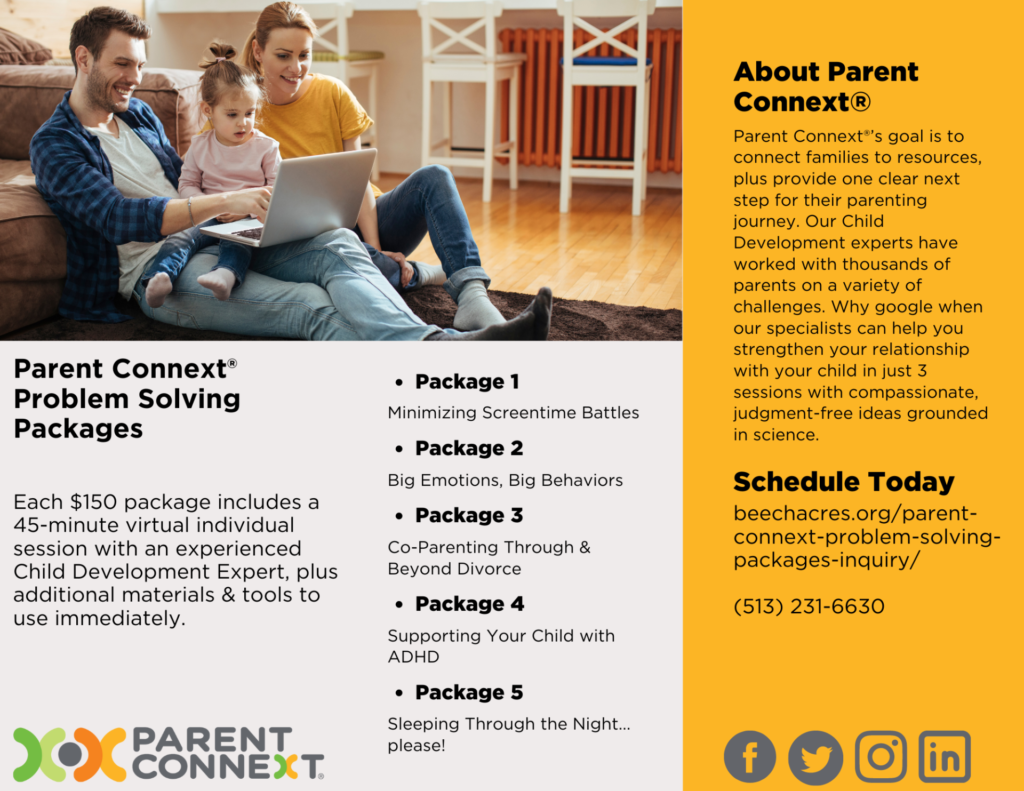Parents, pause and take a look around you. What is your family doing right now? Chances are, everyone is looking at their phone, tablet, laptop, or game console. It can be frustrating when everyone is constantly staring at their screens. While technology is certainly a big part of our lives now, you can find ways to manage screen time and increase face-to-face time with your family. Start With You Start by assessing your own relationships with screens. It’s very easy to get caught up checking email, doomscrolling through social media, looking at photos, texting your friends, or watching TV. Are you modeling good screen hygiene to your kids? Decide if this is a good use of your time right now or if you have an opportunity to put your phone down or close your laptop and be present in the moment with your family. Call a Family Meeting Not another family meeting? Your kids may groan about it but setting an intention to talk about screens is the best way to open a productive dialogue on the subject. Work together to set guidelines and expectations about when it is and is not appropriate to use screens. No screens at the dinner table may be a good place to start. Including your children in this conversation will help them feel like they are part of the solution. Revisit Your Family Values This conversation is a great opportunity to revisit your family’s values. They can help you inform any decisions about screentime you may have. For example, is it important for your family to have dedicated time to discuss your day? Are screens infringing on this important time? If so, this is an opportunity to lean into what’s truly important to your family. Need a refresher on identifying your family’s values? Click here https://beechacres.org/find-your-familys-purpose-values-vision-and-goals Now, make a pro/con list about screen time and internet usage. Take this opportunity to discuss internet safety with your child. https://beechacres.org/revisiting-screen-time-and-online-safety-with-your-kids/. Next, discuss the positive aspects of screens; unwinding with a video game, staying connected with friends and family, as well as the negative; cyberbullying, exposure to unrealistic body images, and negative impacts on mental wellness. This conversation can help you decide on realistic changes to your family’s screen time habits. Consider the safety and convenience technology affords families. Within 48 hours of getting their first iPhone and being part of Family Sharing, one mom received a message from her daughter… “I can see on Find My Phone you are still sitting at your desk and NOT on your way to pick me up. Love you!” Knowing where your kids are and having a way to contact them when necessary is a big benefit of technology. No more searching for quarters and payphones when your kids are ready to be picked up from the mall. Finally, decide as a family what are reasonable consequences when someone is not following the family’s plan. The threat of taking away the Xbox, iPad, or Galaxy Note may be enough to keep everyone on the same page. Establish Realistic Guidelines Some decisions will be easy; no screens at the table, no games until after homework, while others may be more complicated to navigate; when is it ok to get your child a phone, when should they get on social media, should they have their phones at school. Finding a balance here is important. Set priorities based on your family’s values and goals, then set aside appropriate time to be online. Work together as a family to establish these guidelines in order to build consensus and avoid problems down the road. You may want to lean in to your family’s strengths of creativity and teamwork to create a schedule or contract to personify the guidelines you agree upon. Both Apple and Google offer ways to utilize software to help you enforce rules and monitor your child’s screen use. For example, children of any age can be added to Family Sharing and have parental controls added, including forced downtime, blocking inappropriate content, and enforcing specific limits on apps. Limiting access to web browsers can also help you control and monitor what your child can access on the internet. For your younger children, you may be hesitant to even give them a screen. This can be difficult especially if all of their friends have a phone or tablet. You can still have these conversations with younger children, just make sure they understand that you have their best interests in mind, whatever you agree on. A good place to start for younger kids getting a phone or tablet is to have them ask permission before they can download an app. You’ll receive a notification when they want to download something and then you can approve, deny, or have a conversation about what the app is and what it does. Screens dominate our lives. Whether we’re social media addicts, binge-watching streamers, hard-core gamers, or budding influencers, it seems everyone is on their phones all the time. Your family has the power and ability to decide on appropriate screen time for everyone, balancing fun, work, and most importantly, quality time together as a family.











